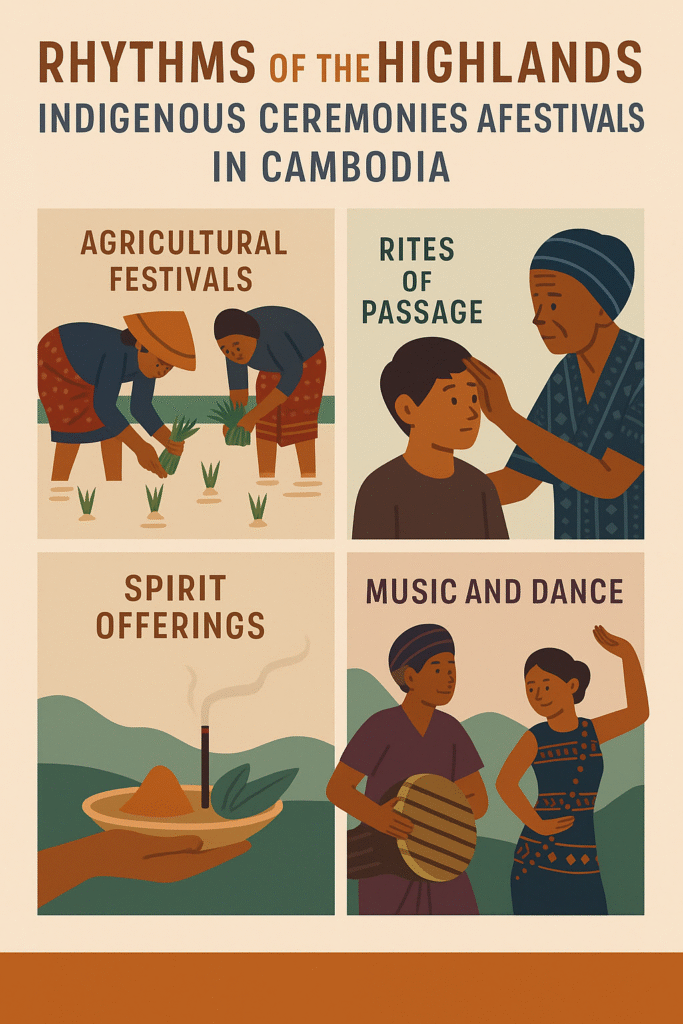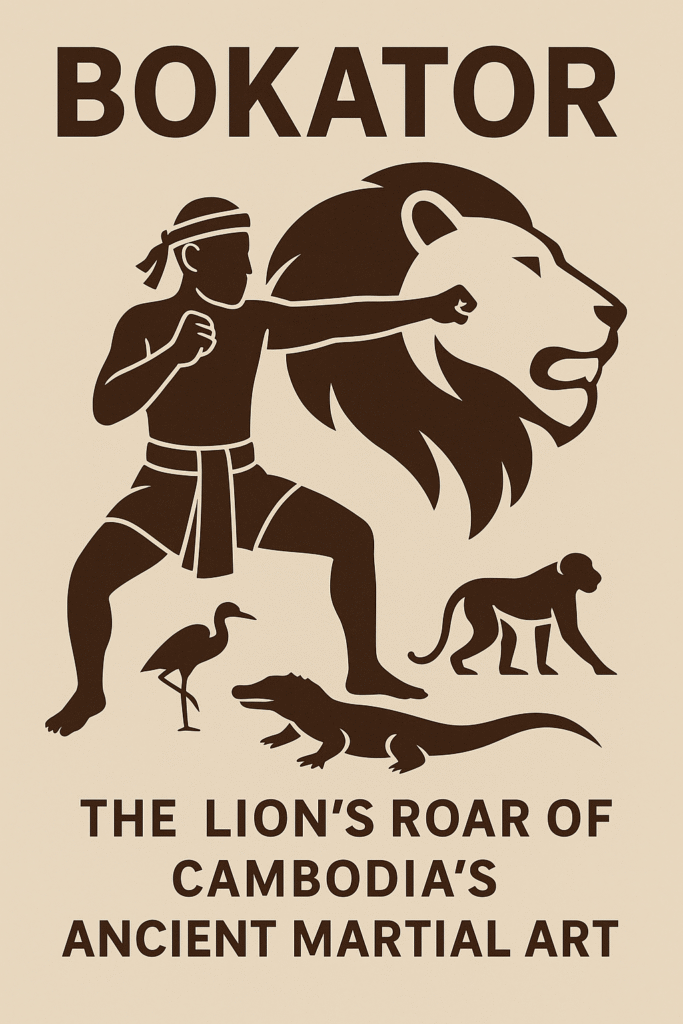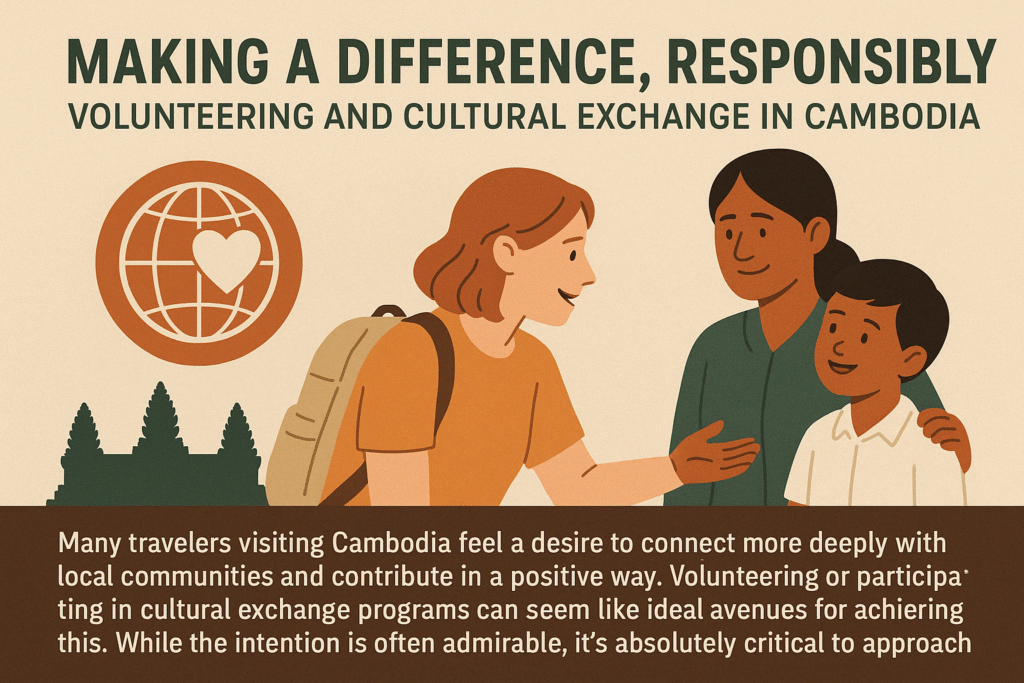The cultural heartbeat of Cambodia’s indigenous communities, particularly the Khmer Loeu groups of the highlands, resonates strongly through their unique ceremonies and festivals. These gatherings are far more than just social events; they are profound expressions of spiritual beliefs, vital mechanisms for social cohesion, and essential practices for maintaining harmony with the natural and spirit worlds. Distinctly different from the Buddhist celebrations prevalent in lowland Khmer society, indigenous ceremonies mark key moments in the agricultural calendar, passages in human life, and the ongoing relationship with ancestral and nature spirits.
Honoring Nature and Spirits: The Animist Core

Underpinning most traditional indigenous ceremonies is a deeply rooted animist worldview. The focus is often on acknowledging and appeasing the myriad spirits believed inhabit the landscape – spirits of the forest, mountains, rivers, land, animals, and ancestors. Maintaining good relations with these spirits is considered crucial for ensuring health, prosperity, and safety.
Examples of such ceremonies include:
- Rituals before clearing land or planting crops, seeking permission and blessing from land spirits.
- Ceremonies to appease water spirits before fishing or forest spirits before hunting or gathering.
- Village-wide rituals for protection against illness, misfortune, or natural disasters, often involving offerings at sacred sites or village gates.
- These ceremonies typically involve specific offerings (food, rice wine, sometimes animal sacrifices), prayers or invocations led by elders or spirit specialists (shamans), and adherence to customary protocols.
Life’s Passages: Unique Wedding and Funeral Traditions

Indigenous ceremonies marking major life events often differ significantly from mainstream Khmer practices:
- Weddings: While Khmer weddings are heavily influenced by Buddhist traditions and often involve significant negotiation between families, indigenous weddings showcase diverse customs. These might include specific courtship rituals, consultations with spirit mediums to ensure compatibility, symbolic exchanges of gifts, extensive community feasting that can last several days, unique wedding attire, specific music and dances, and rituals focused on ancestral blessings and community integration. The establishment of new family ties and obligations is often marked by distinct practices regarding residency or bride/groom service.
- Funerals: Funeral rites are particularly important and culturally distinct. Practices can vary widely between groups but often contrast with Khmer Buddhist funerals centered on cremation and merit-making through monks. Indigenous funerals may involve burial (sometimes with specific grave markers or elaborate tombs, like the well-known Jarai tombs), extended mourning periods with specific taboos, rituals led by elders or shamans to ensure the deceased’s spirit transitions properly and does not trouble the living, and significant community participation. Animal sacrifices (often buffaloes for prominent individuals in some groups) can be a central part, intended to honour the deceased, provide for their spirit’s journey, and reaffirm community bonds and status. (These practices require sensitive understanding within their cultural context).
Celebrating Sustenance: Harvest Festivals

As predominantly agrarian societies, harvest festivals are among the most important and joyous celebrations for indigenous communities. Marking the culmination of the agricultural cycle, especially the rice harvest, these festivals are times of:
- Thanksgiving: Expressing gratitude to the land spirits and ancestors for a successful harvest.
- Community Sharing: Bringing the community together for feasting, drinking (often large quantities of traditional rice wine – sraa), storytelling, music, and dance.
- Ritual Significance: Ceremonies often involve blessing the newly harvested rice, offering the first grains to the spirits, and performing rituals to ensure continued fertility of the land for the next season. The collective energy, music (especially gong ensembles), and feasting reinforce social bonds and provide relief after months of hard work.
Fire Rituals and Ancestor Worship

- Fire Rituals: Fire holds practical and symbolic importance. While not always formalized “fire festivals,” fire features in various rituals. The burning phase of shifting cultivation has ritualistic aspects. Ceremonial bonfires might be lit during certain festivals for purification, warmth, or as gathering points. Torches might be used in processions or specific ceremonies. Fire is often associated with the sun, life force, and clearing away negative influences.
- Ancestor Worship: While Khmer practice ancestor veneration primarily through monks during festivals like Pchum Ben, indigenous ancestor worship is often more direct and integrated into daily life and various ceremonies. Families may maintain altars at home or make offerings at gravesites. Ancestors are frequently invoked for guidance and protection during important events (weddings, funerals, healing rites). It’s commonly believed that ancestral spirits remain connected to their descendants and land, influencing the well-being of the living. Rituals are typically performed by family or clan elders rather than Buddhist clergy.
Contrasting Celebrations: Indigenous vs. Khmer Buddhist Festivals
The differences between indigenous and mainstream Khmer celebrations are fundamental:
| Feature | Indigenous Ceremonies/Festivals | Khmer Buddhist Festivals (e.g., Pchum Ben, Khmer New Year) |
|---|---|---|
| Spiritual Basis | Primarily Animist; focus on nature/ancestor spirits | Primarily Theravada Buddhist; focus on Dharma, Karma, Buddha |
| Timing | Often tied to agricultural cycle, specific life events | Generally follow Buddhist lunar calendar |
| Location | Village-based, sacred natural sites, homes | Predominantly Pagoda (Wat) centered |
| Key Figures | Elders, Spirit Specialists/Shamans | Buddhist Monks |
| Core Rituals | Offerings to spirits, sacrifices (some groups), communal feasts, specific customary protocols | Chanting Sutras, offering food/robes to monks, merit-making, listening to sermons |
| Purpose | Maintain harmony with spirits, ensure well-being, mark life/seasonal transitions | Gain merit, honour Buddha/ancestors (Pchum Ben), celebrate Buddhist events |
Conclusion
Indigenous ceremonies and festivals are vibrant and essential pillars of cultural identity, spirituality, and community life for Cambodia’s ethnic minorities. Rooted in distinct worldviews and intimately connected to the rhythms of nature and human existence, they offer a fascinating contrast to the predominantly Buddhist traditions of the Khmer majority. These unique celebrations, from solemn funeral rites to joyous harvest festivals, underscore the resilience of indigenous cultures and contribute significantly to the rich diversity of the Cambodian nation. Respecting and understanding these traditions is crucial for appreciating the full spectrum of Cambodia’s heritage.



